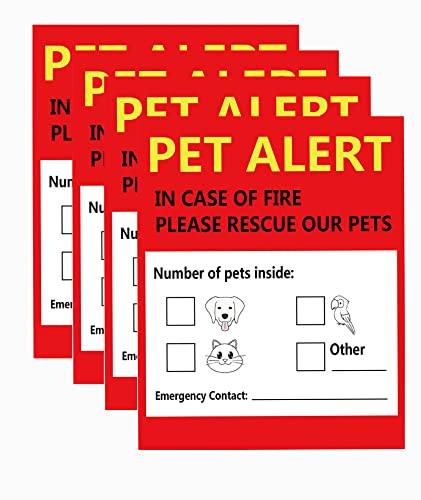The Curator independently decides what topics and products we feature. When you purchase an item through our links, we may earn a commission. Promotions and products are subject to availability and retailer terms.
With the change in seasons, now’s a great time to make sure your home is as prepared for an emergency as possible. That means checking your smoke detectors, making sure you’re properly equipped with carbon monoxide alarms, and ensuring that your whole family knows what to do in the case of an emergency.

“Smoke alarms can double your chances of escaping from a home fire safely, but only if they’re in good working order,” says Stephanie Berzinski, Kidde’s Fire Safety Educator. “That’s why we recommend you test your smoke and carbon monoxide alarms at least monthly and preferably weekly.”
She says if you’re using a battery-powered unit, to replace the batteries if needed. But an even better option would be to install alarms with 10-year, sealed-in batteries that last the lifetime of the alarm.
“You also want to check the age of your alarms,” she advises. “What most people don’t realize is that smoke alarms need to be replaced every seven to 10 years — not just the batteries, the whole alarm. The same is true for carbon monoxide alarms.”
If you’re not sure how old your unit is, Berzinski says that most smoke alarms have the replacement date on a side label, but older models may have the manufacturer’s date on the back of the alarm instead.
Berzinski recommends installing at least one smoke alarm on every floor — including the basement — and outside sleeping areas and in every bedroom. She also advises residents to install at least one carbon monoxide alarm on every floor and in sleeping areas.
“Make sure nothing is covering or obstructing your alarms, as that can cause issues with the sensors,” she says. “For carbon monoxide alarms, you want to avoid placing the unit in dead air spaces or next to a window or door, as this can reduce the alarm’s effectiveness.”
It’s also a good idea to place additional carbon monoxide alarms five to 20 feet from sources of carbon monoxide, like your furnace, water heater or fireplace.
Aside from checking, updating and installing these units properly, now is a good time to review your family’s safety plan in the case of a fire or emergency. Discuss how you will each exit the house, where you will meet, and how you will handle pets.
When going through your plans, also assess what other safety equipment you might want to invest in. For example, Berzinski recommends purchasing a fire escape ladder for every room that’s on a floor above the main level, in case you can’t escape safely through the main exit in the event of a house fire.
Equipping the home with fire extinguishers on every level in case of emergencies is also a good idea.
“Keep fire extinguishers close to exits and areas where a fire could break out, including your garage, patio or barbeque areas, and kitchen area,” Berzinski says. “However, never store your fire extinguisher too close to heat sources like your stove or barbeque.”
Read on for some product ideas that may help you to prepare your home in the case of a fire emergency.
Hardwired Smoke Detector

Battery Operated Combination Carbon Monoxide and Smoke Alarm

Plug-in Carbon Monoxide Alarm

Two-Storey Fire Escape Ladder

Fire Extinguishers


Fire Blanket for Home and Kitchen

Pet Alert Stickers






Comments